Results 6,981 to 6,990 of 12094
Thread: Anandtech News
-
05-19-17, 02:51 PM #6981
Anandtech: Western Digital Ships Client SSDs Based on 512 Gb 3D TLC NAND Chips
Last week Toshiba demonstrated the operation of its XG-series SSDs NVMe PCIe SSD based on the company’s 64-layer 512 Gb 3D NAND chips. What was left unnoticed is that Western Digital made several other important announcements regarding these ICs. First, WD said that it has started to ship both client and datacenter SSDs based on these chips commercially. Second, WD said that the vast majority of 3D NAND flash it produces this year would be 64-layer 3D NAND.
64-Layer 3D NAND Is Here
As reported, both Western Digital and Toshiba started to ship samples of their co-developed 64-layer BiCS 512 Gb 3D TLC NAND chips to their customers earlier this year. The two companies did not formally announce any details about these chips except the most basic ones, so we still do not have any official information regarding the interface speed.
Western Digital’s presentation at the ISSCC reveals that the 512 Gb 3D TLC NAND IC is a dual-plane design with a 132 mm2 die size. From density standpoint, Western Digital’s 512 Gb 3D TLC NAND IC is a little bit behind Samsung’s 64-layer 512 Gb 3D TLC flash chip (which has a die size of 128.5 mm2, according to the company’s presentation at the same conference) that is also a dual-plane IC. Die size and density is one of the important metrics when it comes to the cost of any IC (others are yield, process technology, architecture, etc.) and for many reasons manufacturers do not openly publish it.
Meanwhile, the difference between die sizes of 512 Gb 3D TLC NAND chips from Samsung and Toshiba/Western Digital is so small that it is not going to have a significant impact on costs.
Die size is only one metric that can indicate the cost of a memory chip. Process, yields and some other peculiarities are other important factors. For example, the ICs have many differences when it comes to their manufacturing method. As reported, the current etching tools cannot “drill holes” in a structure that contains ~60 or ~70 wordline layers simply because it is too thick. Therefore to keep using the current tools, makers need to either make the structure thinner or use two separate structures interconnected using the so-called string stacking technology.3D NAND Die Size Comparison IMFT Samsung WD/Toshiba 1st Gen 2nd Gen 1st Gen 2nd Gen 3rd Gen 4th
Gen1st Gen 2nd Gen 3rd Gen Die Capacity 256 Gb 384 Gb 256 Gb 512 Gb 128 Gb 86
Gb256 Gb 512 Gb 256 Gb 256 Gb 512 Gb # Layers 32 64 24 32 48 64 48 64 Organization MLC TLC TLC TLC MLC TLC MLC TLC Architecture FG with CMOS under Memory Array Charge trap flash (CTF) Die Size 168.2 mm² 59 mm² ? 133 mm² 84.3 mm² 99.8 mm² 128.5 mm² 105.1 mm² ~80 mm² 132 mm²
To build their new BiCS 3D TLC NAND chips, Western Digital and Toshiba process two wafers, then stack one above another and connect their NAND strings (enabling NAND controller to see the IC as a single component with a unified address space and manage it appropriately). This requires extremely high precision when placing one wafer atop of each other. In addition, use of the string stacking technology requires Toshiba and Western Digital to process two wafers (with over 32 layers each) to assemble one wafer with 64 active layers of NAND.
By contrast, to make its 64-layer 3D NAND ICs, Samsung decided to make the structure of its 3D flash memory ICs thinner by making wordline layers (as well as the dielectrics between them) thinner. The move naturally increases the electrical resistance of the wordlines and degrades their retention, which required Samsung to introduce a set of technologies that mitigate the effects of thinner wordlines and dielectrics. The advantage of this approach is that Samsung only has to process one wafer, albeit using a complex process technology.
Western Digital and Toshiba naturally do not disclose costs of their 512 Gb 3D TLC NAND, but WD claims that it has achieved a bit cost crossover for its 64-layer 3D NAND compared to its 128 Gb 2D TLC NAND made using the 15 nm process technology. This means that it is cheaper to build one 512 Gb 3D TLC chip than it is to build four 128 Gb 2D TLC chips, which is not exactly surprising. What is more important is that Western Digital expects 75% of its 3D NAND bits produced this year to use the 64-layer design, which may be an indicator that yields and complexities are in line with its expectations (i.e., string stacking works okay).
WD Ships Client SSDs Featuring 64-Layer 3D NAND ICs
Both Western Digital and Toshiba have been shipping 48-layer and 64-layer 256 Gb 3D NAND chips to their customers for several quarters now. Such ICs are used for removable storage, mobile storage and some other applications. Meanwhile, the 64-layer 512 Gb 3D TLC flash is the first 3D NAND that Western Digital grades for SSDs. Now, a good news is that the company has already started shipments of such drives.
“We commenced shipments of our 64-layer 3D NAND in client SSD form-factor, and we expect to further expand the usage of this industry-leading technology across our product portfolio during the remainder of calendar 2017,” said Michael Cordano, Chief Executive Officer of Western Digital, during an earnings conference call with investors and financial analysts.
Western Digital has not disclosed the controller it uses for its 3D NAND-based SSDs as well as its performance numbers, but since we are talking about initial shipments (presumably to OEMs), we would expect the drive performance to be aimed squarely at OEM customers.
Sources: Western Digital, PCMag, The Memory Guy, TechInsights.
More...
-
05-20-17, 11:56 AM #6982
Anandtech: Panasonic Recalls 280,000 Tablet Battery Packs Due to Fire Hazard
Panasonic this week announced a voluntary recall of batteries due to fire and burn hazards. The battery packs being recalled were used in one of its rugged tablets. In total, the company is recalling 280 thousand battery packs, after over a dozen of them encountered critical failures.
Panasonic has discovered that some of the hot-swappable battery packs used in some of its rugged Toughpad FZ-G1 tablets (Mk1, Mk2 and Mk3-series) can short circuit after a prolonged use in extreme temperatures. The company said it had received 16 reports of combusted battery packs between March 2017 and April 2017, including 12 from customers in North America, one from a client in Japan and one owner from Australia. Panasonic plans to provide a free replacement battery to owners of affected tablets.
Panasonic recommends owners of the Toughpad FZ-G1 systems (Mk1/2/3 versions only) to first identify whether they have a potentially affected tablet SKU (find the list here) by checking the backside of their tablets. If the SKU is affected, owners are asked to remove the battery and see whether this is indeed one of the models affected (FZ-VZSU84U, FZ-VZSU89U or FZ-VZSU96U) by removing the accumulator and checking its reverse side.
Owners of systems featuring the battery packs are advised to download a firmware utility from Panasonic’s website that reduces charging from 4.2 to 4.0 volts and lowers the peak operating settings of the accumulator. After the new firmware is applied, customers are asked to contact Panasonic using a special email address or by phone, which will then arrange them a new battery (no need to return the old one).
As makers of portable electronics are trying to make their products thinner and lighter while increasing capacity of their batteries to prolong their autonomous life, the number of problems with batteries has increased in the recent years. Since exploding, overheating or combusting batteries can damage property and/or cause injuries, manufacturers of notebooks, tablets and smartphones take them very seriously and recall hundreds of thousands of battery packs every year.
Related Reading:
- HP Recalls Over 100,000 Laptop Batteries Due to Potential Fire and Burn Hazards
- Apple Recalls "Duckhead" Power Adapters for Select Mac Laptops and iPads
- Microsoft to Recall Power Cables for Previous-Gen Surface Pro Tablets
Sources: Panasonic, The Japan Times.
More...
-
05-20-17, 11:56 AM #6983
Anandtech: SK Hynix Advances Graphics DRAM: GDDR6 Added to Catalogue, GDDR5 Gets Fast
SK Hynix has added GDDR6 memory chips to its product catalogue, revealing their general specifications and launch timeframe sometimes in Q4 2017. As expected, the new GDDR6 ICs will be available late this year and will run at speeds not achievable by GDDR5. GDDR5 is not really going away as SK Hynix has added several new SKUs into the catalogue, targeting forthcoming applications.
SK Hynix formally announced plans to produce GDDR6 in late April, so the addition of appropriate chips to the company’s databook does not really come as a surprise. The initial GDDR6 chips from SK Hynix will have an 8 Gb capacity and will feature 12 and 14 GT/s data transfer rates at 1.35 V. The new memory ICs will have a dual-channel 256Mx32 organization, which may indicate that GDDR6 chips will keep using 32-bit physical interface, but that I/O will operate as two 16-bit interfaces at all times to increase effective utilization of the bus (but this is a speculation at this point). The ICs will use 180-ball FCBGA packages and will thus be incompatible with existing GDDR5 and GDDR5X applications that use 170-ball and 190-ball form-factors, respectively.
JEDEC yet has to finalize and publish specifications of GDDR6 and this is when we learn everything about peculiarities of the new memory. From SK Hynix we already know that the maximum planned data rate of the new memory will be 16 GT/s, implying a 16n prefetch and higher base clocks. We also know that one of the first graphics cards to use GDDR6 will have a 384-bit memory sub-system and assuming that it will run DRAM at 14 GT/s, it will feature 672 GB/s of bandwidth. Keep in mind that developers of GPUs and makers of graphics cards are rather conservative about memory frequencies, so, the final bandwidth could be lower, depending on yields of GPUs, DRAM ICs and graphics cards.Specifications of SK Hynix's Upcoming
8 Gb GDDR6 and GDDR5 Memory ChipsPart Number Spec /
FCBGAData Rate Bandwidth
per ChipVoltage Market H56C8H24MJR-S2C GDDR6
180-ball14 GT/s 56 GB/s 1.35V Q4'17 H56C8H24MJR-S0C 12 GT/s 48 GB/s H5GQ8H24AJR-R8C GDDR5
170-ball10 GT/s 40 GB/s 1.55V H5GQ8H24AJR-R6C 9 GT/s 36 GB/s H5GC8H24AJR-R2C 8 GT/s 32 GB/s 1.50V 7 GT/s 28 GB/s 1.35V H5GC8H24AJR-R0C 7 GT/s 28 GB/s 1.5V 6 GT/s 24 GB/s 1.35V
Besides GDDR6 memory, SK Hynix will also release 8 Gb GDDR5 chips rated for 9 and 10 GT/s data transfer rates at 1.55 V in Q4 2017. The new chips will target mass market applications that require higher memory bandwidth as well as cost efficiency of GDDR5, so, think of mainstream graphics cards. In addition to ultra high-speed GDDR5 devices, SK Hynix will also offer 7 and 8 GT/s GDDR5 chips with reduced voltages in the fourth quarter. The insertion of the new chips into the roadmap indicates that GDDR5 will remain on the market for at least a couple of years down the road and will celebrate a decade on the market next year.
Speaking of graphics memory in general, it is also noteworthy that SK Hynix has removed mentions about HBM2 chips with 2 GT/s data rate from its product catalogue last quarter. As of now, the only HBM2 offering listed by the company are 4 GB 4Hi stacks with 1.6 GT/s data rate. The reasons for the move are unknown, but it is logical to assume that it is not easy to make very complex memory devices with a 512-bit I/O bus and high frequencies both from yields and from thermal points of view. Therefore, for products like AMD’s upcoming Radeon RX Vega, SK Hynix will have to offer HBM2 chips with 1.6 GT/s data rate and 204.8 GB/s bandwidth and it will be up to the buyers of such chips to implement further binning to higher frequencies.Specifications of SK Hynix's HBM2 Memory Chips Part Number Density Data Rate Bandwidth
per StackPackaging Feature Availability H5VR32ESM4H-12C 4 GB 1.6 GT/s 204 GB/s 5mKGSD 4Hi stack, 1.2V Q2'17
Related Reading:
- SK Hynix to Ship GDDR6 Memory for Graphics Cards by Early 2018
- GeForce GTX 1080 Price Cut to $499; NVIDIA Partners To Begin Selling 10-Series Cards With Faster Memory
- Hot Chips 2016: Memory Vendors Discuss Ideas for Future Memory Tech - DDR5, Cheap HBM, & More
- Micron Confirms Mass Production of GDDR5X Memory
More...
-
05-22-17, 07:54 AM #6984
Anandtech: Western Digital Launches HGST Ultrastar SS300 SSDs: 3D NAND for Data Cente
Western Digital has officially introduced its first data center-class SSDs using 3D NAND flash. The new HGST Ultrastar SS300 SSDs are designed for SAS applications with mixed workloads that demand drives with endurance but are not the highest performance possible. The new drives were co-developed with Intel, so they do not have various proprietary SanDisk technologies, such as the Guardian (as some previous-gen Ultrastar SS), but support numerous new features instead.
The Ultrastar SS300 drives use Western Digital’s 64-layer 512/384 Gb 3D TLC/MLC NAND memory as well as a proprietary controller that was presumably co-designed with Intel. HGST does not disclose many details regarding the chip, but it might be the same controller that powers the recently launched Intel SSD DC P4500 and P4600 drives, albeit featuring a different configuration and a different firmware. From the feature set, the Ultrastar SS300 controller supports extended error correction code (ECC with a 1x10^-17 bit error rate) to enable higher performance and data integrity, exclusive-OR (XOR) parity (in case a whole NAND die fails) as well as parity-checked internal data paths. In addition, the Ultrastar SS300 complies with the T10 Data Integrity Field (DIF) standard, which requires all interconnect buses to have parity protection (on the system level), as well as a special power loss data management feature that does not use supercapacitors. Western Digital will offer various Ultrastar SS300 models with features like TCG encryption, TCG+FIPS, and instant secure erase to comply with different security requirements.
The HGST Ultrastar SS300 SSDs are aimed at various market segments, including financial transactions, e-commerce, virtualization, database analytics, etc. that generate read-intensive and mixed-use workloads and thus need both performance and reliability. The new SSDs come in a 2.5”/15 mm form-factor with SAS 12 Gb/s interface and are drop-in compatible with existing servers. Meanwhile, when compared to direct predecessors, the Ultrastar SS200, the new SS300 offer similar capacities — from 400 GB to 7.68 TB, but the new drives excel the ancestors in most possible metrics (endurance, performance, power, etc.).
When it comes to performance, the HGST Ultrastar SS300 features sequential read speeds of up to 2100 MB/s (+20% vs. the SS200) as well as sequential write speeds of up to 2050 MB/s (3D MLC, +105%) or 1250 MB/s (3D TLC, +25%). Random read performance of the Ultrastar SS300 is up to 400K (+60%), while random write performance is rated at 170-200K for 3D MLC-based performance/endurance-optimized models as well as 115K-130K for capacity-optimized 3D TLC-powered drives. Interestingly, in addition to 9 W and 11 W power envelopes supported by the predecessor, the SS300 also supports a 14 W mode that unlocks “additional performance capabilities” (i.e., IOPS) as well as an ultra-low power setting.
As for endurance, various versions of the HGST Ultrastar SS300 support 0.5, 1, 3 or 10 writes per day, thus extending addressable markets of the Ultrastar SS-series to applications that require extra endurance at 10 DPWD. All the Ultrastar SS300 SSDs are rated for 2.5 million hours MTBF and are covered with a five-year limited warranty (or the max PB written, whichever occurs first).HGST Ultrastar SS300 Series Specifications 3D MLC NAND-Based 3D TLC NAND-Based Capacities 400 GB
800 GB
1,600 GB
3,200 GB480 GB
960 GB
1,920 GB
3,840 GB
7,680 GB1,920 GB
3,840 GB
7,680 GBForm Factor 2.5"/15mm Interface SAS 6/12 Gb/s, dual port for 12 Gb/s Controller Proprietary NAND 64-layer 384 Gb
3D MLC NAND64-layer 512 Gb
3D TLC NANDSequential Read 2100 MB/s Sequential Write 2050 MB/s 1250 MB/s 1200 MB/s Random Read (4 KB) IOPS 400,000 Random Write (4 KB) IOPS 200,000 170,000 120,000 80,000 Mixed Random R/W (70:30 R:W, 4KB)
Max IOPS285,000 265,000 130,000 115,000 Write Latency 512 B 85 ms unknown Power Idle 3.7 W (3.2 TB) Operating 9 W, 11 W, 14 W (configurable) Endurance DPWD 10 3 ~1 ~0.5 Max. PB 400GB: 7PB
800GB: 15PB
1.6TB: 29PB
3.2TB: 59PB400GB: 2PB
800GB: 4.5PB
1.6TB: 8.5PB
3.2TB: 17.5PB480GB: 0.9PB
960GB: 1.75PB
1.92TB: 3.5PB
3.84TB: 7PB
7.68TB: 14PB1.92TB: 1.8PB
3.84TB: 3.5PB
7.68TB: 7PBEncryption AES-256 (?) Power Loss Protection Yes MTBF 2.5 million hours Warranty Five years or max PB written (whichever occurs first) Models HUSMM3232ASS20x
HUSMM3216ASS20x
HUSMM3280ASS20x
HUSMM3240ASS20xHUSMR3232ASS20x
HUSMR3216ASS20x
HUSMR3280ASS20x
HUSMR3240ASS20xHUSTR7676ASS20x
HUSTR7638ASS20x
HUSTR7619ASS20x
HUSTR7696ASS20x
HUSTR7648ASS20xHUSTV1576ASS20x
HUSTV1538ASS20x
HUSTV1519ASS20xLegend for Model Numbers H = HGST
U = Ultrastar
S = Standard
MM = NAND type/endurance
(MM=MLC/mainstream endurance, MR=MLC/read-intensive,
TR=TLC/read intensive TV=TLC very read intensive)
32 = Full capacity (3.2TB)
32 = Capacity of this model
(76=7.6TB, 38=3.84TB 32=3.2TB, 19=1.92TB, 16=1.2TB,
96=960GB, 80=800GB, 48=480GB, 40=400GB)
A = Generation code
S = Small form factor (2.5" SFF)
S2 = Interface, SAS 12Gb/s
x in Model Number denotes Encryption level:
0 = Instant Secure Erase
1 = TCG Encryption
4 = No Encryption, Secure Erase
5 = TCG + FIPS
Western Digital has already started to ship its SS300 SSDs to select OEM partners, including Oracle. The company does not announce pricing of the drives since they depend on configurations, volume purchasing and other factors.
Gallery: HGST Ultrastar SS300 Data Sheet

Related Reading:
- Toshiba Demonstrates NVMe SSD With 64-Layer BiCS3 3D NAND
- Intel Announces New DC P4500 And P4600 Datacenter SSDs
- NGD Launches Catalina: a 24 TB PCIe 3.0 x4 SSD with 3D TLC NAND
- Micron 2017 Roadmap Detailed: 64-layer 3D NAND, GDDR6 Getting Closer, & CEO Retiring
- Mushkin Announces Helix SSDs: 2.5 GB/s, 3D MLC NAND, SM2260, 2 TB Capacity
More...
-
05-22-17, 07:54 AM #6985
Anandtech: AT20 Giveaway Day 19: EVGA Is Never Board with Power
Good morning everyone. The AT20 giveaway series is nearly at an end. With today being day 19 of our 20 day giveaway celebration of AnandTech’s 20th anniversary, that means we only have 3 giveaways left! So let’s get down to business.
For this morning’s giveaways, we have a pair of prizes from the always-excellent EVGA. The company is admittedly known best for their NVIDIA video cards, but for a number of years now the company has bene offering other products as part of a general effort to broaden their market, and those efforts are increasingly gaining traction. So for today’s giveaway we have an EVGA X99 FTW K motherboard, along with their SuperNOVA 850W G3 power supply.
- EVGA X99 FTW K Motherboard
- EVGA SuperNOVA 850 G3
The AnandTech 20th Anniversary Celebration – EVGA Giveaway
EVGA X99 FTW K Motherboard
Leading the pack of today’s prizes is EVGA’s X99 FTW K motherboard. The hefty E-ATX LGA 2011-3 board sports a whopping 5 CPU-fed PCIe x16 slots, a lone PCIe x1 slot, and a single full-feature M.2 slot. In terms of third party controllers, we’re looking at a Realtek ALC 1150 for audio, and an Intel i218-V and an E2400 for dual GigE LAN functionality, and an ASMedia ASM1142 for a pair of USB 3.1 (Gen 2) ports.
Meanwhile in terms of construction, the overclocking-centric board uses an 8 phase power delivery system for the CPU, an 8 layer PCB, and an on-board CPU temperature monitor. On the software side of matters, it features EVGA’s feature-packed UEFI firmware, along with dual BIOS support thanks to a selector switch.
EVGA SuperNOVA 850 G3 Power Supply
Our second prize of the day is EVGA’s SuperNOVA 850 G3 power supply. This 850W PSU is fully modular, offering a sizable selection of ports and cables to work with. From a power delivery standpoint is can deliver 850W over its sole 12v rail, reaching 80Plus Gold levels of efficiency. Finally, cooling is provided by a hydraulic dynamic bearing 130mm fan, which offers support for EVGA’s “Eco Mode” technology for fanless operation when temperatures allow.
Finally, as with our other giveaways, today’s giveaway is only open for 48 hours, so be sure to enter soon. However please note that for legal reasons, we’re only able to open these giveaways to residents of the United States.
Good luck to everyone! And be sure to check in this afternoon for our next giveaway.
More...
-
05-22-17, 11:01 AM #6986
Anandtech: WD Adds Helium-Filled 10 TB NAS HDDs to WD Red, WD Red Pro Lineups
Western Digital has announced two new helium-filled hard drives targeting consumer and business NAS applications. The new WD Red and WD Red Pro HDDs increase capacity of WD’s NAS drives to 10 TB, boost their performance and also reduce their power consumption. Therefore, the new drives enable makers of NAS units to increase capacities of their products to 80 TB (or 160TB) while increasing speeds and cutting down power.
After introducing its first hermetically sealed helium-filled NAS and video-surveillance HDDs with 8 TB capacity and six platters last year, Western Digital is refreshing its Red and Purple lineups with more advanced drives offering 10 TB capacity and using seven 1.42 TB platters. The new WD Red and WD Red Pro with 10 TB capacity are based on revamped 5400 RPM and 7200 RPM HelioSeal platforms that can support a higher number of platters. The drives also feature increased areal density and 256 MB of cache, enabling ~17% higher sequential read/write performance compared to its predecessors, as well as a lower power consumption compared to previous-gen helium WD Red hard drives. Other than that, Western Digital does not really disclose the feature set of its platform for helium-filled HDDs for NAS applications.
The WD Pro 10 TB drive is engineered for personal or small business NAS systems with up to eight bays, is optimized for mixed workloads and has a 5400 RPM spindle speed. By contrast, the WD Red Pro 10 TB is aimed at medium business and enterprise-class NAS systems up to 16 bays, which is why the HDD features additional protection against vibrations as well as improved random read performance due to both 7200 RPM spindle speed and firmware tuning. Just like their predecessors, the new WD Red/WD Red Pro hard drives come with SATA 6 Gbps interface.
It is interesting to note that WD has improved the power consumption of the 10TB drives over the older 8TB drives. We are asking how exactly WD is doing that, as details were not given with the press release.Comparison of Western Digital's Helium-Filled NAS HDDs WD Red
WD100EFAXWD Red
WD80EFZXWD Red Pro
WD101KFBXWD Red Pro
WD8001FFWXCapacity 10 TB 8 TB 10 TB 8 TB RPM 5400 RPM 7200 RPM Interface SATA 6 Gbps DRAM Cache 256 MB 128 MB 256 MB 128 MB Data Transfer Rate (host to/from drive) 210 MB/s 178 MB/s 240 MB/s 205 MB/s MTBF 1 million hours Rated Workload (read and write) 180 TB/year 300 TB/year Acoustics (Seek) 29 dBA 29 dBA 36 dBA Power Consumption Sequential read/write 6.2 W 6.4 W 5.7 W 8.3 W Idle 2.8 W 5.7 W 2.8 W 5.2 W Sleep 0.5 W 0.7 W 0.5 W 0.7 W Warranty 3 Years 5 Years Price (as of May 2017) $494 $266.25 $533 $359.99 $0.049 per GB $0.033 per GB $0.05 per GB $0.045 per GB 20 GB per $ 30 GB per $ 18.76 GB per $ 22.2 GB per $
The 10TB WD Red and 10TB WD Red Pro are available in the U.S. from select retailers and distributors. The WD Red 10 TB is covered by a three-year warranty and has a price tag of $494. The more advanced WD Red Pro 10 TB features a five-year warranty and has a $533 MSRP.
Related Reading:
- Western Digital: Sales of Helium-Filled HDDs Accelerating, 15M Sold So Far
- Western Digital Starts Shipments of HGST Ultrastar He12 12 TB HDDs
- Western Digital Expands Purple Lineup with a 10 TB Helium-Filled HDD
- Western Digital Introduces Its First Helium-Filled HDDs for Consumer Applications
More...
-
05-22-17, 01:08 PM #6987
Anandtech: AT20 Giveaway Day 19.5: NZXT Pumps It Up
Taking us into our final AT20 afternoon giveaway is NZXT. The case, cooling, and peripherals company has made a name for themselves with their high-end gear, and this afternoon we’ll be giving some of it away. Altogether we have two prizes: the company’s S340 Elite case, and their 140mm Kraken X42 closed loop liquid cooler.
- NZXT S340 Elite Case (Black)
- Kraken X42 Closed Loop Liquid Cooler
The AnandTech 20th Anniversary Celebration – NZXT Giveaway
NZXT S340 Elite Case
Starting things off for this afternoon, we have NZXT’s S340 Elite case. The ATX mid-tower case is 18.7 inches tall and boasts a couple of novel features, including a front-panel HDMI connector specifically for easy VR access, and a tempered glass side panel window. The roomy case can hold a video card up to 14.3 inches and contains a separate shroud just for the PSU. Internally, the case offers mounting points for up to three 2.5 inch drives and another two 3.5 drives, meanwhile there are no external 5.25 inch drive bays to speak of. Finally cooling is provided by a pair of 120mm fans – one at the top and one at the rear – while an additional two fans (or a 280mm radiator) can be installed in the front.
Kraken X42 Closed Loop Liquid Cooler
Our other prize of the afternoon is NZXT’s Kraken X42 closed loop liquid cooler. The 140mm radiator pushes the envelope for a single fan radiator design, tapping a 98 CFM NZXT Aer P140 fan to do the hard work. Meanwhile the 80mm x 80mm pump block works with all of the major sockets, and like so many other devices these days, includes a programmable full RGB lighting system.
Finally, as with our other giveaways, today’s giveaway is only open for 48 hours, so be sure to enter soon. However please note that for legal reasons, we’re only able to open these giveaways to residents of the United States.
Good luck to everyone! And be sure to check in tomorrow for our last giveaway.
More...
-
05-22-17, 03:41 PM #6988
Anandtech: Lian Li Launches PC-O12 Mid-Tower: Three Chambers, E-ATX, LCS-Focused
Lian Li has started to sell its new PC-O12 chassis for high-performance gaming desktops. The new mid-tower computer case from the company has an unorthodox construction that allows fitting in motherboards that are in the E-ATX form-factor, as well as two vertically mounted graphics cards and up to eight storage devices in a 2.5-inch form-factor. Despite the focus on the premium aspect of the design, a peculiarity of the PC-O12 case design is that liquid cooling is designed to only be used on the CPU, and it supports no more than two add-in cards.
Following the latest trends in PC building, the Lian Li PC-O12 has multiple compartments for different kinds of components as well as multiple windows made of tempered glass for everyone to see what is inside. With its new chassis, Lian Li decided to go above and beyond with the number of chambers: one houses the motherboard, another accommodates up to two vertically mounted graphics cards and the third one is where the PSU (up to 230 mm) and up to eight storage devices live. Three compartments in case of the Lian Li PC-O12 help to spread out multiple heat sources across the chassis, which somewhat simplifies cooling. What is important is that despite the triple-chamber design, the mid-tower case is not too wide for tall CPU coolers.
Like many contemporary PC cases, the PC-O12 can accommodate motherboards in the Micro-ATX, ATX and E-ATX form-factors. Meanwhile, graphics cards have to be installed vertically using riser cables into a different compartment simply because there is no space for add-in boards in the primary one. A good news is that length of the graphics cards does not matter for the PC-O12 — everything up to 340 mm (and possibly longer) is supported, but this configuration naturally poses a challenge for users who use add-in cards besides graphics adapters. Moreover, if two video cards are used, it is impossible to install a high-end audio board or any other card - only two AIBs can be installed into the PC-O12.
Yet another challenge presented by the relatively thin dual/triple-compartment design is cooling. The maximum height of the CPU cooler supported by the Lian Li PC-O12 is 75 mm, which means that for CPUs from the higher end of the product stack only liquid cooling can be used since all advanced air coolers are higher than 100 mm (Scythe’s Big Shuriken 2 is an exception, but it is unclear how well it is going to handle chips with TDP of well over 100 W). Meanwhile, there is a special compartment for a 360-mm LCS radiator on top of the chassis (which can also be used to install three 120-mm fans) as well as frames to install two 120-/140-mm fans for air intake on the front panel.
As the PC-O12 case from Lian Li belongs to its premium O-series family, the PSU and HDD/SSD mounts are equipped with rubber vibration dampers to reduce vibration and noise, whereas the bottom panel features removable mesh dust filters.Lian Li PC-O12 Motherboard Size ATX, E-ATX, Micro-ATX Drive Bays External - Internal 4 × 3.5" and 4 × 2.5" AIB Bays Internal 2, up to 340 mm cards are supported Cooling Front 2 × 120 mm or 2 × 140 mm Rear - Top 3 × 120 mm Middle - Bottom - Radiator Support Front - Rear - Top 1 × 360 mm Middle - Bottom - I/O Port 1 × USB-C 3.1
2 × USB 3.0
1 × Headphone
1 × MicPower Supply Size Up to 230 mm Dimensions W: 203 mm × H: 508 mm × D: 550 mm Colors Grey Features Glass front and side panels Price $399.99
The Lian Li PC-O12 is destined for Newegg, at $399.99. Going forward, the computer case will be available in other stores in different regions, but exact MSRPs are unknown.
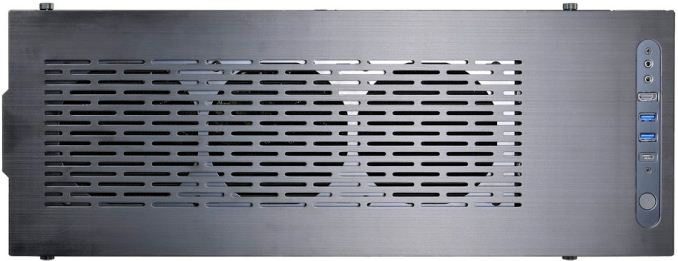
Gallery: Lian Li PC-O12





Related Reading:
- Lian Li Launches ASUS ROG-Inspired PC-O11WGX Case: Two Chambers, E-ATX, USB-C
- Lian Li PC-Q37 Announced: Two-Stage Mini-ITX Chassis with Tempered Glass
- Gigabyte Expands Xtreme Gaming Lineup with XC700W and XC300W Chassis
- The Corsair Carbide 600Q Case Review: Upside Down But Right On
- The BitFenix Pandora ATX Case Review
More...
-
-
05-23-17, 08:32 AM #6990
Anandtech: Huawei Launches the MateBook E 2-in-1: The Next Generation
Today we’re in Berlin to cover Huawei’s launch of the new MateBook series. For this second generation, Huawei has on offer a 13-inch clamshell aimed at premium users, a 15.6-inch device for education and office use, and their next generation 2-in-1 called the MateBook E, aimed squarely at improving the design on their first attempt back in 2016. Perhaps somewhat ironically, because I left my main laptop charger at home, I’m writing this news on that 2016 model which I carry as my backup work device.
The MateBook E: Surface Says Whaaaaat?
When Huawei launched the 2016 MateBook, for a first attempt, it hit the market where it needed to. Much like other vendors when making their 2-in-1s, there was some design choices that seemed a little strange but Huawei had at least nailed the quintessential Huawei look, transferring the design ID from their top of the line Mate series smartphones, into a portable PC device. It was also Huawei’s first venture using Intel CPUs in a consumer device.
What the MateBook E does, as the second-generation product, is fix those questionable points and bring everything up to the latest hardware. That means using the latest Kaby Lake-Y processors, adjusting what configurations sold the best, and giving a keyboard and hinge that users actually want. It’s a good step up from the 2016 MateBook for sure.
At the heart of the MateBook E is Kaby Lake Y, the 4.5W processors from Intel. Along with Intel’s new naming scheme, here the MateBook E gets either the Core m3-7Y30 or the Core i5-7Y54, matching the similar CPUs to the last gen but on the latest microarchitecture using updated features like Speed Shift 2. These processors come with Intel’s HD 615 graphics, and will be supplied with either 4GB or 8GB of LPDDR3 and then 128GB, 256GB or 512GB of PCIe storage. As with the MateBook 2016, this isn’t expandable.Huawei Matebook E Size 12-inch Display 2160 x 1440
160-degree viewing angles
85% NTSC
1000:1 Contrast Ratio
400 nitsCPUs Intel Core m3-7Y30
Intel Core i5-7Y54GPU Intel HD Graphics 615 DRAM 4 GB / 8 GB LPDDR3 Storage 128 GB / 256 GB / 512 GBPCIe Dimensions 278.8 x 194.1 x 6.9 mm
640g (without keyboard)
1100g (with keyboard)Connectivity 802.11ac with 2x2 MIMO (Intel AC 8165?)
with BT4.1Battery 33.7 Wh (4430 mAh at 7.6 V) Additional Features One USB 3.0 Type-C Port
3.5mm audio jack
Fingerprint Scanner
Dolby Audio Premium
MateDock 2 Included
5MP Front CameraColors Titanium Grey (with Blue folio)
Champagne Gold (with Brown or Pink folio)Pricing Core m3 + 4GB + 128GB SSD: 999 Euro
Core i5 + 4GB + 256GB SSD: 1199 Euro
Core i5 + 8GB + 256GB SSD: 1299 Euro
Aside from the processor update, the biggest change is in the keyboard folio. The keyboard folio now comes with the device rather than being an add-on, and the hinge is updated to allow for a full 160 degree of tilt. Unlike the Surface which integrates the hinge into the device, the hinge is part of the folio, and stays with the keyboard but aligns flush when not in use. The hinge mechanism isn’t anything special like we’ve seen with fancy designs before, but with a few minutes use it was clear that the design was sturdy for what it needed to be.
The folio uses a new 3-pin connector to the MateBook E, rather than the 7-pin used in the older device (which means no backwards compatibility), and the keyboard has now changed into a spill-resistant chiclet design. I spent a few minutes with the new keyboard, and due to the reduced key travel compared to the older model, it felt a little different and perhaps not as free flowing. It will be interesting to see what others think about it.
The folio no longer goes all around the device, which means the power button should hopefully no longer be accidentally activated when closing the folio. Along with the power button is the fingerprint reader, carrying over from the 2016 model, as well as a single Type-C connector. This is used for power as well as connecting to the new MateDock 2, which also comes bundled with the MateBook E in some regions. As with the MateBook X, the MateDock 2 is updated this year as well: it exchanges the ethernet port for an HDMI output and a VGA output, making the device thinner and arguably more applicable to presentational style workflows.
The new MateBook E is thinner, coming in at 6.9mm, and houses a 33.7 Wh battery (up from 32.7 Wh) which Huawei claims is good for 9 hours of video playback at 50% brightness. The speaker system is carried over from the 2016 model too, although with Dolby Audio Premium certification.
Gallery: Huawei Launches the MateBook E 2-in-1: The Next Generation





Huawei revealed pricing for a few models, with the low configuration of m3, 4GB DRAM and 128GB SSD coming in at 999 Euro. The high configuration of Core i5-Y, 8GB of DRAM and 256GB SSD will be 1299 Euro. Colors for the MateBook E will be region dependent, but you’ll see at least one of Titanium Grey (with Blue folio) of Champagne Gold (with a Brown Leather folio or a Pink folio).
Some pictures were provided in collaboration with other Purch outlets.
More...
Thread Information
Users Browsing this Thread
There are currently 20 users browsing this thread. (0 members and 20 guests)




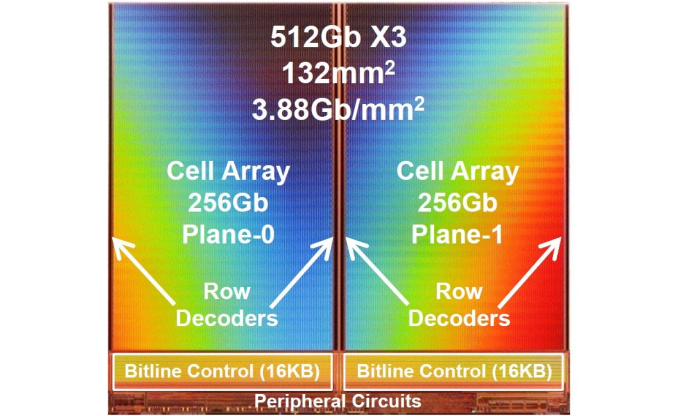
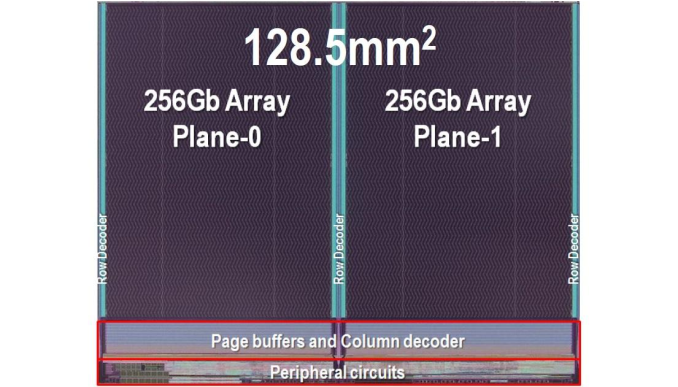

 Quote
Quote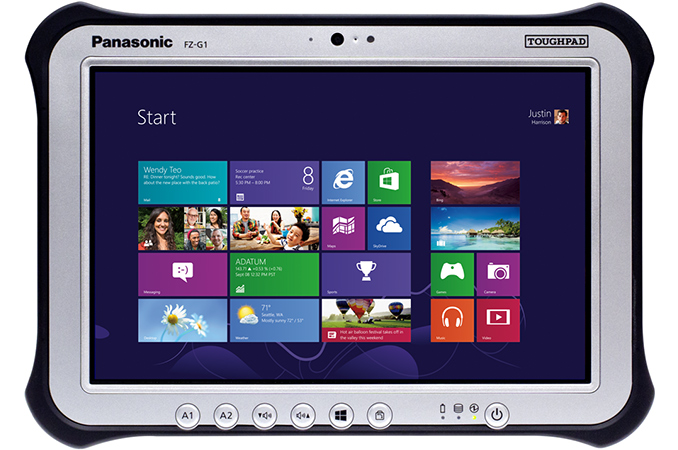
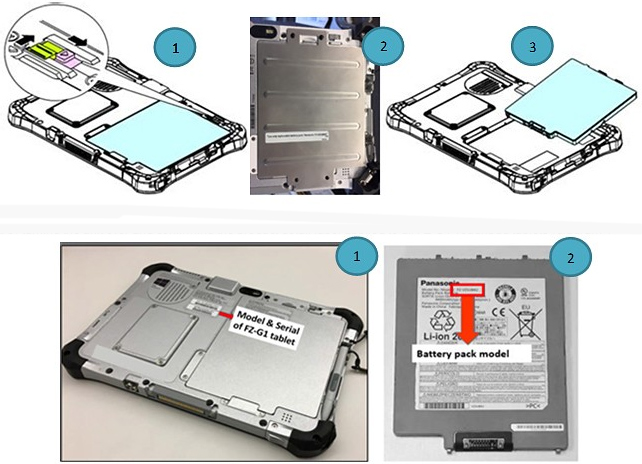
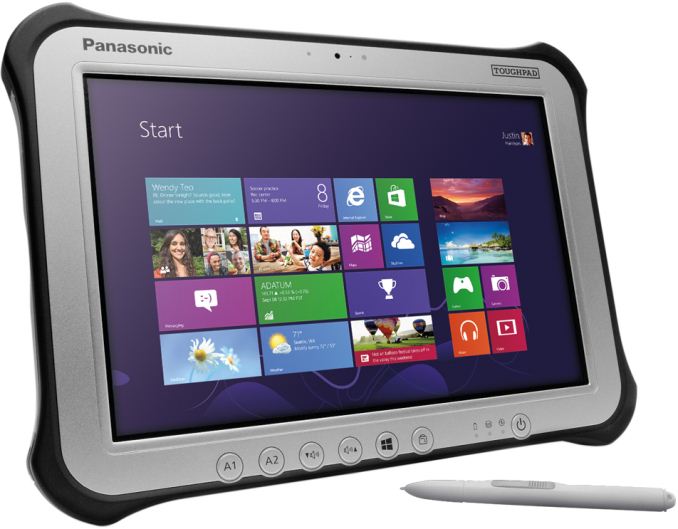
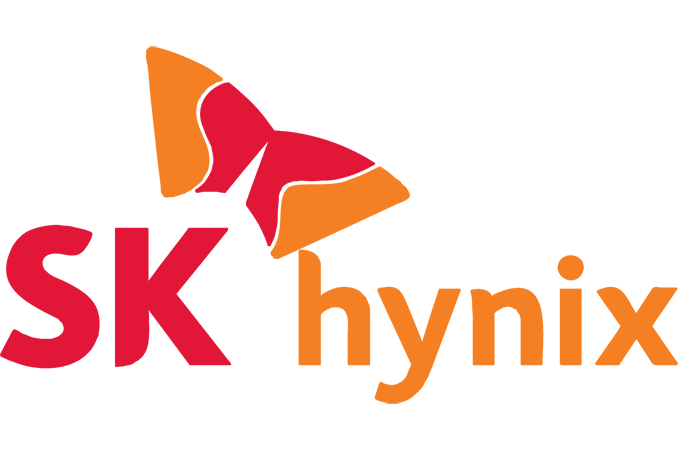
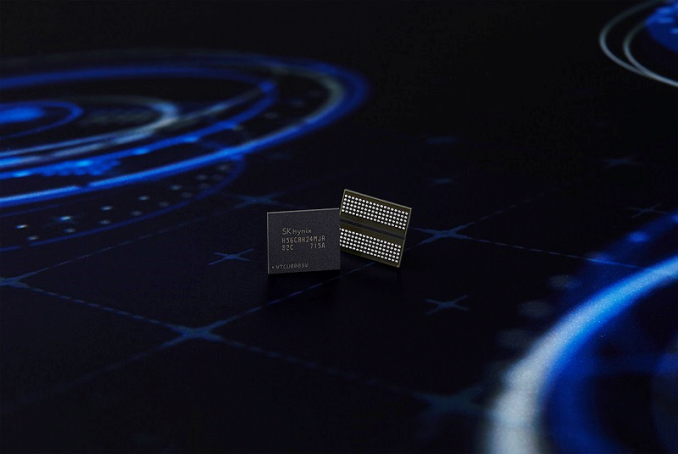
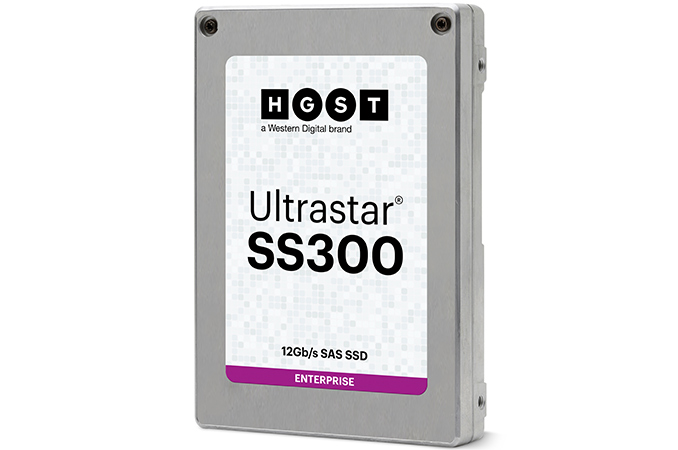
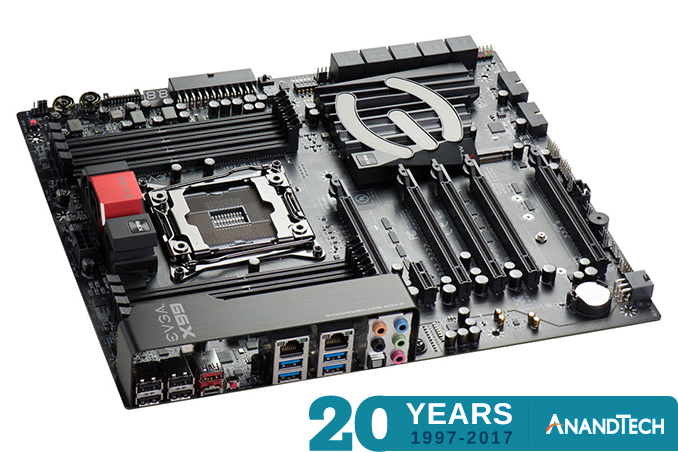
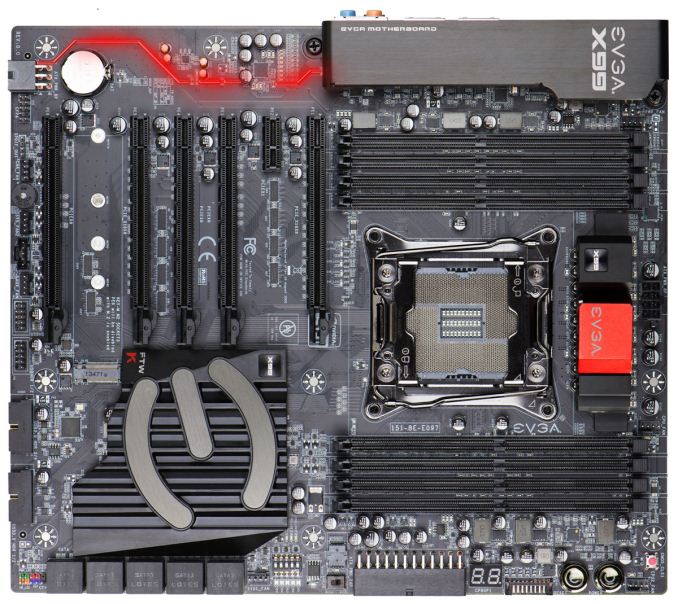
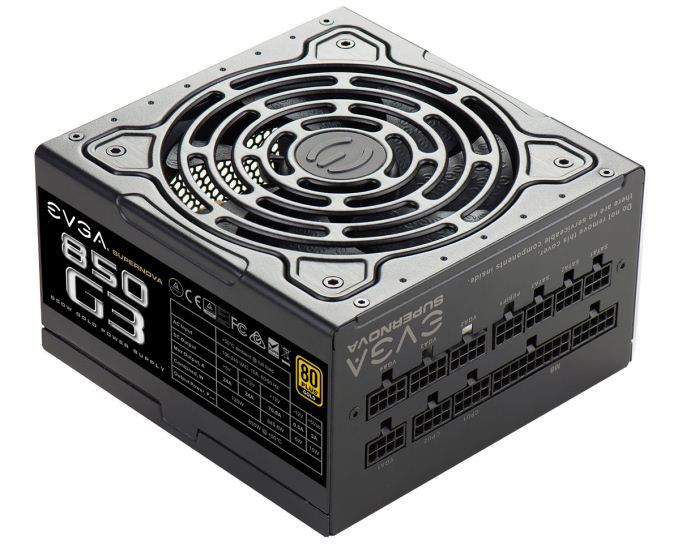
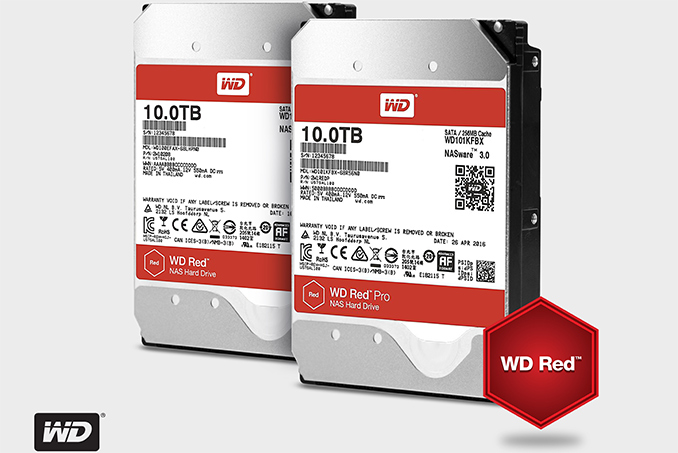
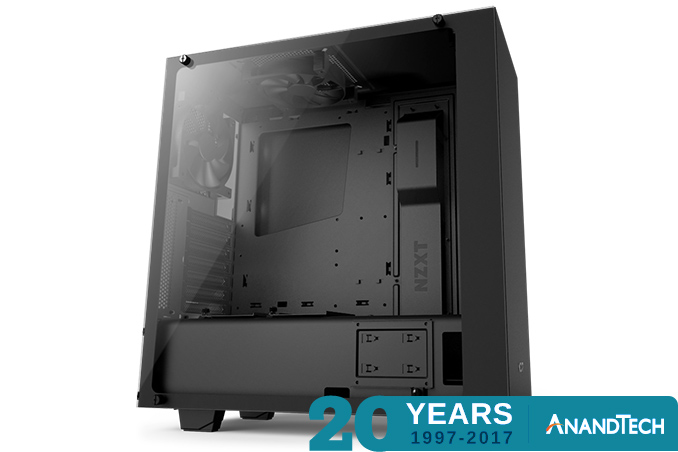
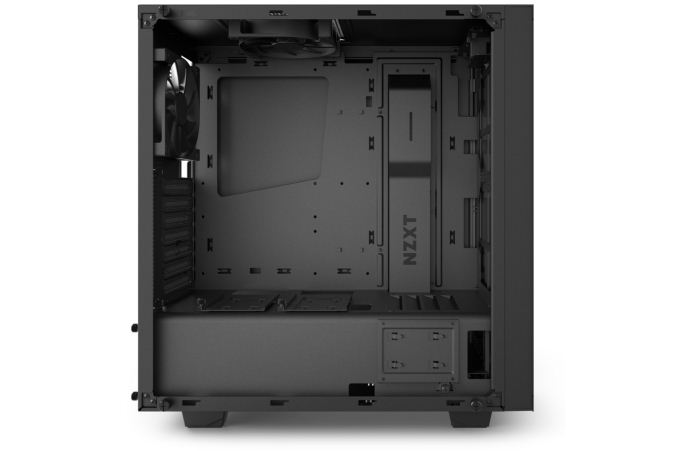
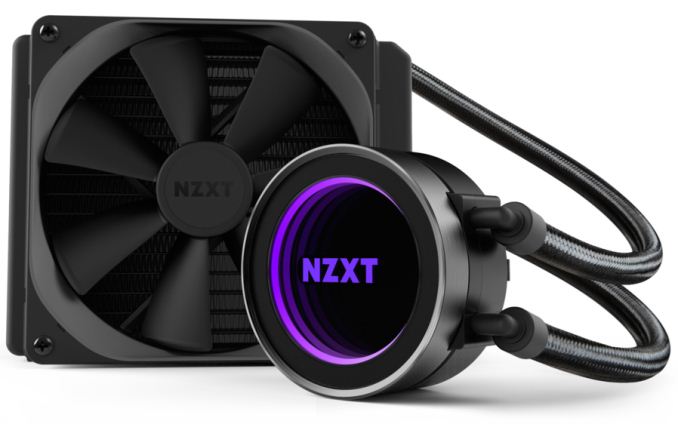
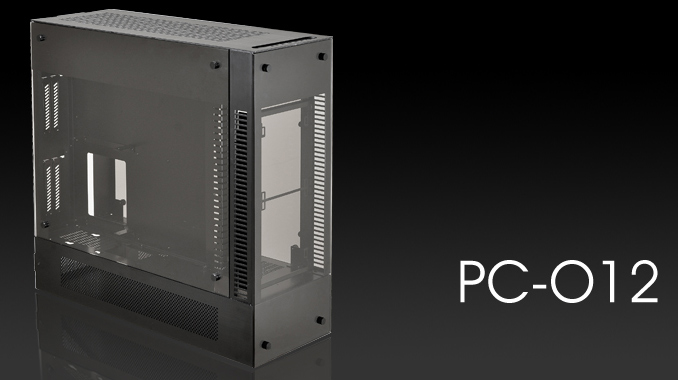
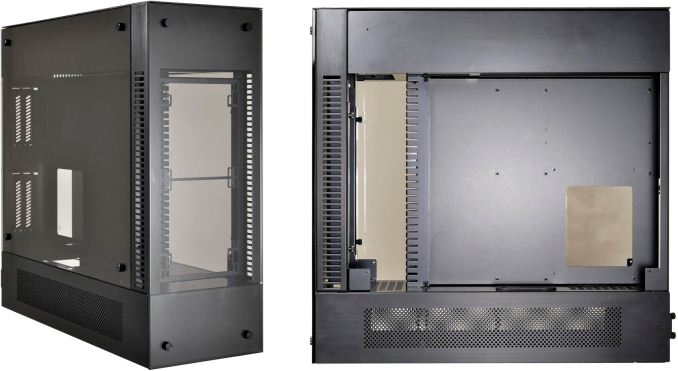
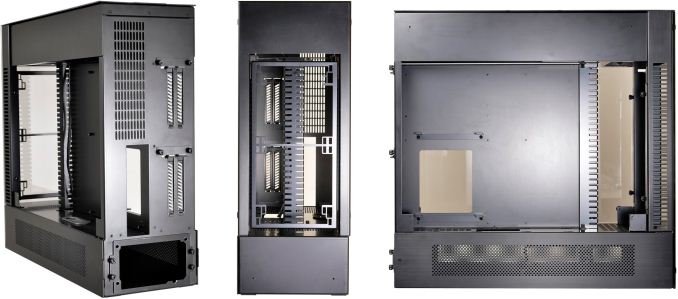
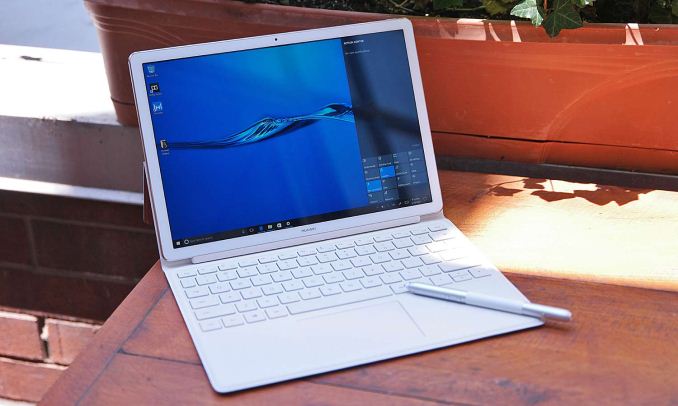
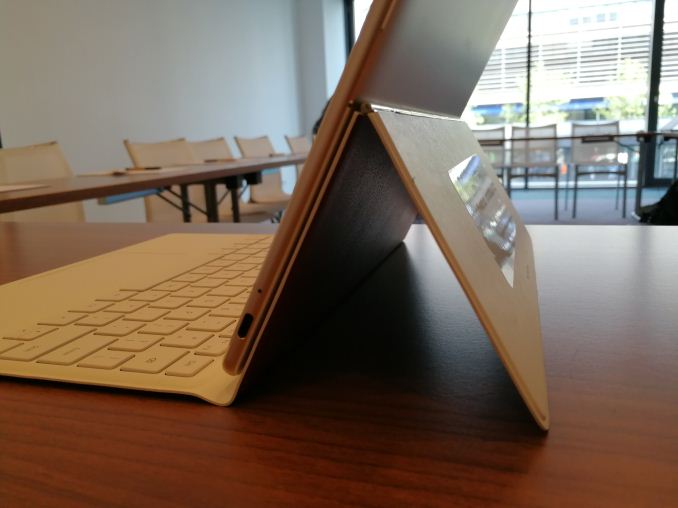
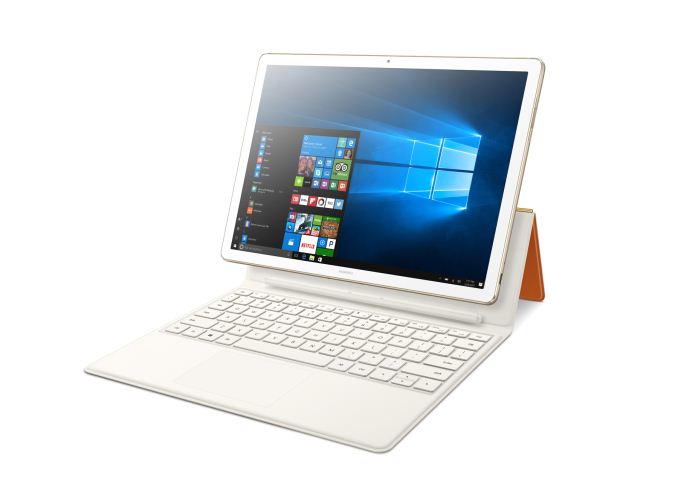


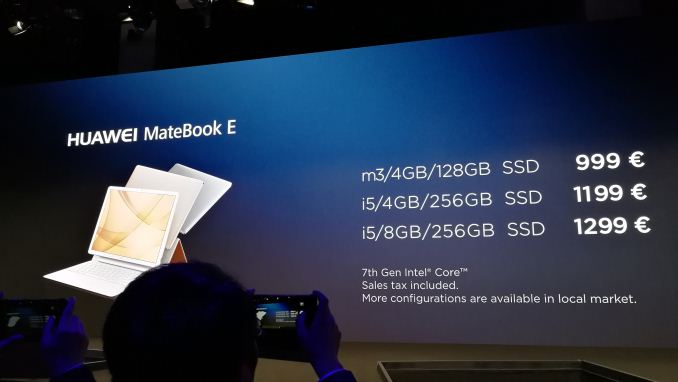
















Bookmarks